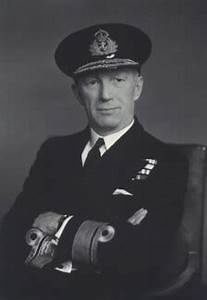(CVS is the acronym for an anti-submarine carrier, this will become rather important soon).
The government's position on carriers was clear. In response Begg pursued a highly conservative agenda on new ships.
After torturous extended build periods, repeated construction pauses over several decades (stretching back into the Second World War), numerous redesigns and a complete rebuild of two ships the Royal Navy of the late 1960s was in possession of
More or less a re-do of the existing ships, replacing the WW2 era gun armament with missiles.
Instead of the half way house between a traditional cruiser and a helicopter carrier these ships would














































